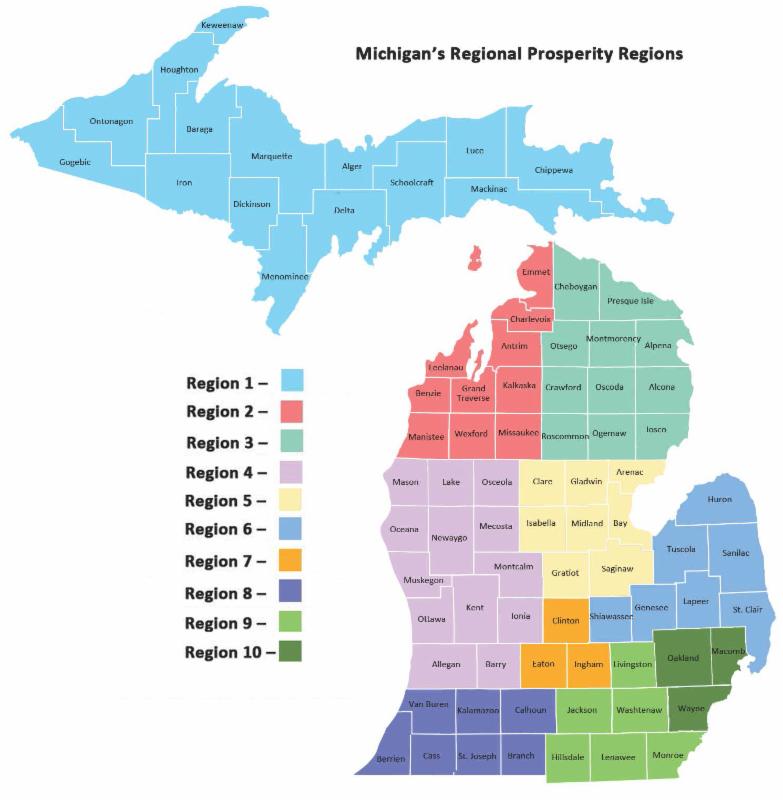This issue brief was released Oct. 15 by the Kaiser Family Foundation’s Commission on Medicaid and the Uninsured (KCMU) in conjunction with its 15th annual budget survey of Medicaid officials, “Medicaid Reforms to Expand Coverage, Control Costs and Improve Care: Results from a 50-State Medicaid Budget Survey for State Fiscal Years 2015 and 2016.”
������ϱ� Managing Principal Kathleen Gifford, Principal Barbara Edwards and Senior Consultant Jenna Walls authored this brief with Laura Snyder and Elizabeth Hinton of the Kaiser Family Foundation.
The years 2015 and 2016 continue a period of significant change and transformation for Medicaid programs. With slow but steady improvements in the economy following the Great Recession, Medicaid programs across the country were focused on implementing a myriad of changes included in the Affordable Care Act (ACA), pursuing innovative delivery and payment system reforms with the goals of assuring access, improving quality and achieving budget certainty, and continuing to administer this increasingly complex program.
However, these changes to Medicaid policy take place in the larger context of states budgets. Unlike the Federal government, states generally have balanced budget requirements, taking into account the amount of revenue coming in from a state’s own resources as well as federal revenues. State lawmakers must balance competing priorities across budget expenditure categories. Even in years of economic growth, state lawmakers face this pressure of balancing priorities.
This report provides an in-depth examination of Medicaid program changes in the larger context of state budgets in three states:
- Alaska
- California
- Tennessee

